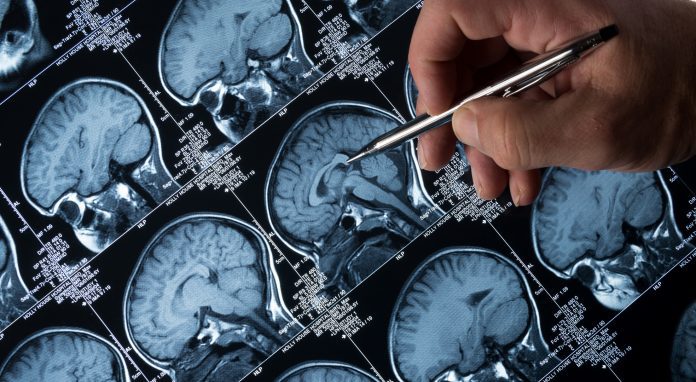
An Artificial Intelligence (AI) algorithm that detects brain abnormalities could help cure epileptic seizures.
University College London researchers have developed an AI algorithm as part of the Multicentre Epilepsy Lesion Detection Project (MELD), using over 1,000 patient MRI scans from 22 global epilepsy centres. The algorithm provides reports of abnormalities in the drug-resistant focal cortical dysplasia (FCD), the leading cause of epileptic seizures.
The researchers published their findings in Brain, discovering that the overall algorithm can detect the FCD in 67% of cases in the cohort.
What is epilepsy?
Epilepsy is a common condition that affects the brain and causes epileptic seizures. The seizures are bursts of electrical activity in the brain temporarily affecting how it works. Potential symptoms include uncontrollable shaking, becoming stiff and collapsing.
The treatment options can reduce or stop epileptic seizures completely; and includes medicines called anti-epileptic drugs, surgery to remove the part of the brain causing the seizures, and a special diet.
Curing epileptic seizures with AI
FCDs are areas of the brain that have developed abnormally, causing drug-resistant epilepsy. It is mostly treated with surgery, but it can be challenging to identify the lesions using an MRI scanner as they often look normal.
They developed the algorithm by quantifying cortical features from the MRI scans, such as how thick or folded the cortex/brain surface was and used around 300,000 locations across the brain.
The researchers then trained the algorithm on examples labelled by radiologists as either being a healthy brain or having FCD – dependent on patterns and features.
The researchers found that previously, 178 of the participants considered MRI negative, meaning the radiologists were unable to find the abnormality causing the epileptic seizures, yet the algorithm was able to identify the FCD in 63% of these cases. This presents an important finding for doctors and clinicians to support them in finding abnormalities and removing the lesions to cure epileptic seizures.
The MELD algorithm tool can be used on any patient with a suspicion of an FCD aged over three years and who has an MRI scan.
Co-first author Mathilde Ripart (UCL Great Ormond Street Institute of Child Health) said: “We put an emphasis on creating an AI algorithm that was interpretable and could help doctors make decisions. Showing doctors how the MELD algorithm made its predictions was an essential part of that process.”
Co-senior author Dr Konrad Wagstyl (UCL Queen Square Institute of Neurology) added: “This algorithm could help to find more of these hidden lesions in children and adults with epilepsy, and enable more patients with epilepsy to be considered for brain surgery that could cure epilepsy and improve their cognitive development. Roughly 440 children per year could benefit from epilepsy surgery in England.”









